Asteroids In Classical Tamil Literature: A Review
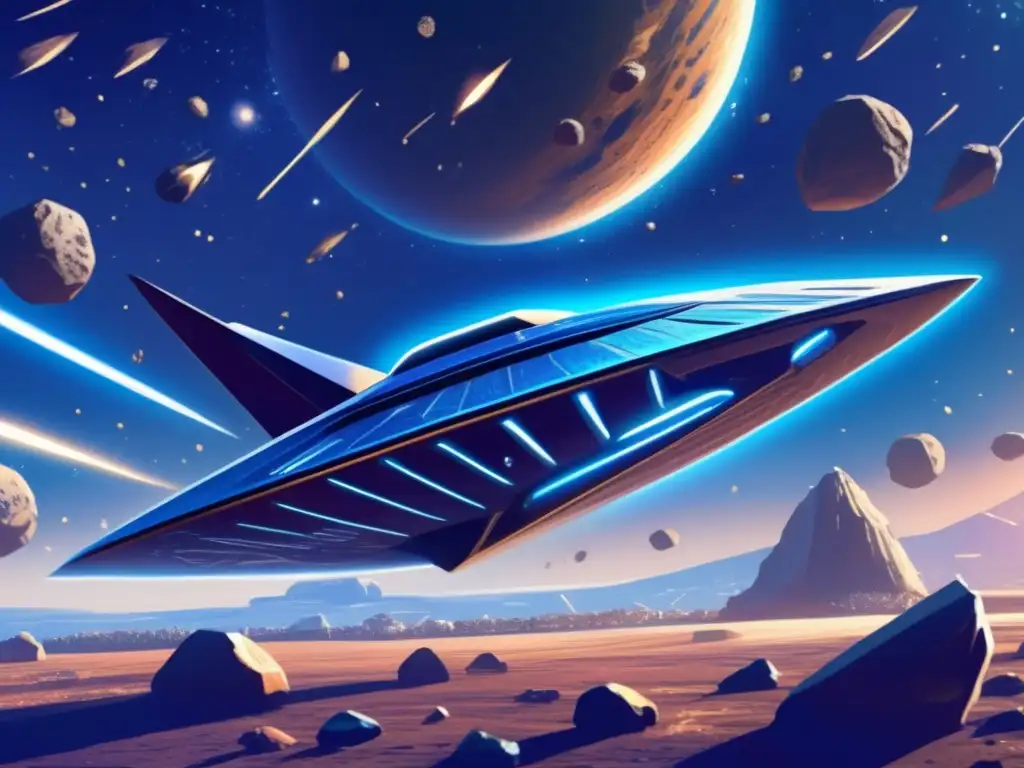
Introduction
Asteroids have played a significant role in human history and literature since ancient times. The Tamil language, with its rich literary tradition of over two thousand years, is no exception. In this article, we will delve into classical Tamil literature to explore the references to asteroids and their significance. From understanding asteroid mythology to uncovering how Tamil literature has depicted these celestial objects, this article offers a comprehensive review of the role of asteroids in classical Tamil literature.
Asteroid Mythology in Classical Tamil Literature

References to Asteroids in Sangam Literature
The early Sangam literature, which dates back to 300 BCE, contains numerous references to celestial objects, including asteroids. These asteroids were considered divine objects, and their movements were interpreted as signs from the gods. In Sangam literature, the asteroid was referred to as koorai, a term that has been variously translated as meteorite, shooting star, or comet. The koorai was also regarded as an evil omen and associated with war and disaster. For example, in the epic poem Silappadikaram, the protagonist Kannagi curses the city of Madurai, causing an asteroid to fall on it and destroy it.
Depiction of Asteroids in Cilappatikaram
The epic poem Cilappatikaram, written by the poet Ilango Adigal, provides one of the most vivid and detailed accounts of asteroids in Tamil literature. In this work, the asteroid, referred to as ilavagai, is described as a celestial object that illuminates the night sky. Its appearance is said to resemble a peacock's tail feathers, and its movements are believed to have a significant impact on human affairs. The ilavagai is also associated with the goddess Korravai, a deity of war and fertility. In Cilappatikaram, the asteroid assumes special significance during the wedding of the protagonist Kannagi and her husband Kovalan. As the couple begins their journey, an ilavagai appears in the sky, marking the beginning of a new phase in their lives.
Asteroids in Modern Tamil Literature
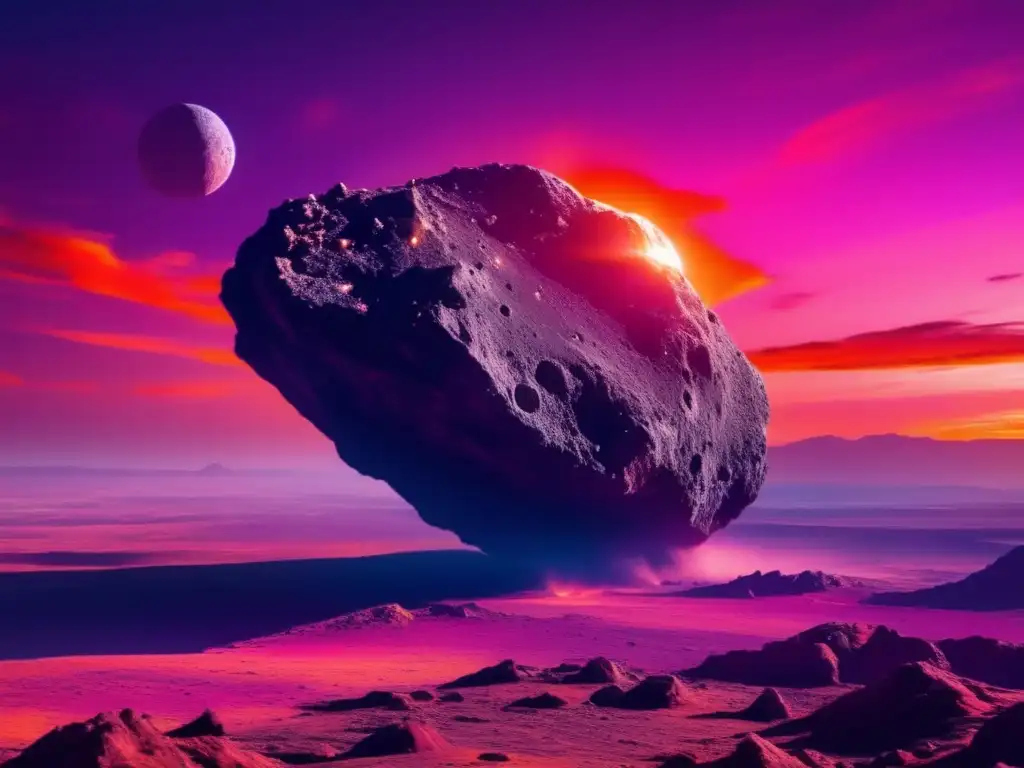
Representation of Asteroids in Contemporary Tamil Novels
In modern Tamil literature, asteroids continue to play a role in shaping the narrative. Authors such as Sivasankari and Sujatha have incorporated references to asteroids in their novels, using them as symbols of change and transformation. For example, in Sivasankari's novel Oru Manithanin Kathai, an asteroid is depicted as a harbinger of change, signifying a new era for humanity. Similarly, in Sujatha's novel Marupiravi, the asteroid is used as a metaphor for rebirth and renewal.
Frequently Asked Questions
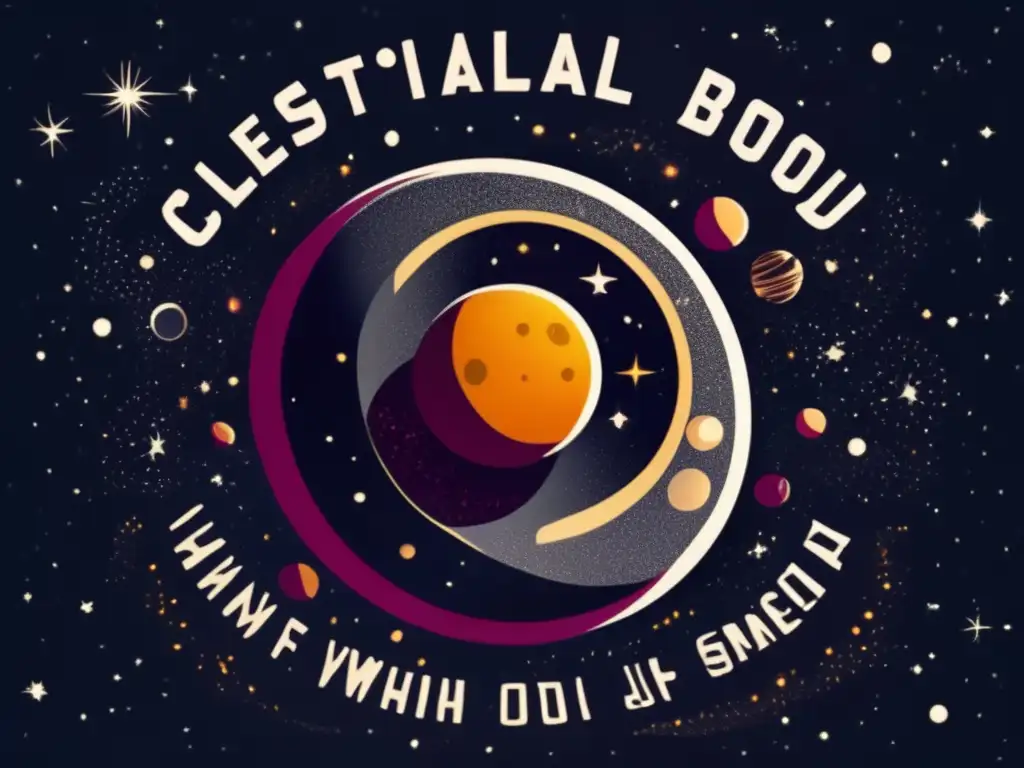
-
Did ancient Tamils believe that asteroids were divine objects?
Yes, ancient Tamils considered asteroids to be divine objects and interpreted their movements as signs from the gods.
-
Why were asteroids associated with war and disaster in Sangam literature?
Asteroids were viewed as evil omens in Sangam literature and associated with war and disaster because they were believed to foretell calamitous events.
-
What is the significance of the ilavagai in Cilappatikaram?
The ilavagai in Cilappatikaram is associated with the goddess Korravai, a deity of war and fertility. It assumes special significance during the wedding of the protagonist Kannagi and her husband Kovalan as it marks the beginning of a new phase in their lives.
-
How do contemporary Tamil authors use asteroids in their novels?
Contemporary Tamil authors like Sivasankari and Sujatha use asteroids as symbols of change, transformation, rebirth, and renewal.
-
What is the term used for asteroid in classical Tamil literature?
The asteroid was referred to as koorai in classical Tamil literature.
Conclusion
In conclusion, asteroids have played a significant role in Tamil literature for over two thousand years. The early Sangam literature associated asteroids with war and disaster and considered them divine objects. The epic poem Cilappatikaram provides a detailed account of the asteroid and its association with the goddess Korravai. In modern Tamil literature, authors use asteroids as symbols of change, transformation, rebirth, and renewal. The significance of asteroids in Tamil literature offers fascinating insights into the way humans have perceived and interpreted celestial objects for centuries.
We hope this article has been informative and insightful. Do share your thoughts and comments in the section below. We encourage you to continue exploring www.asteroidrealm.com for more valuable content on asteroids and related topics.
Additional Resources
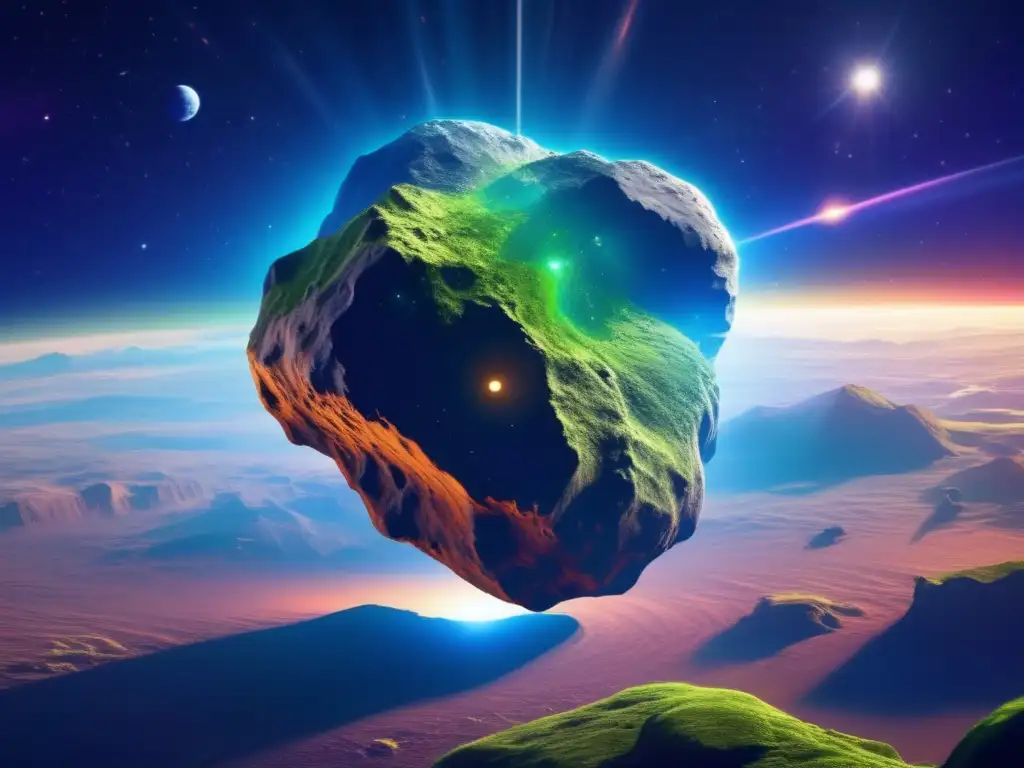
If you're interested in delving deeper into asteroid mythology, we recommend the following resources:
- Asteroid Mythology in Early Tamil Literature
- Asteroids in the Tamil Sangam Literature: The oldest Witness to the Asteroid impact in India
- Ilango Adigal's Cilappatikaram: A Study and Translation
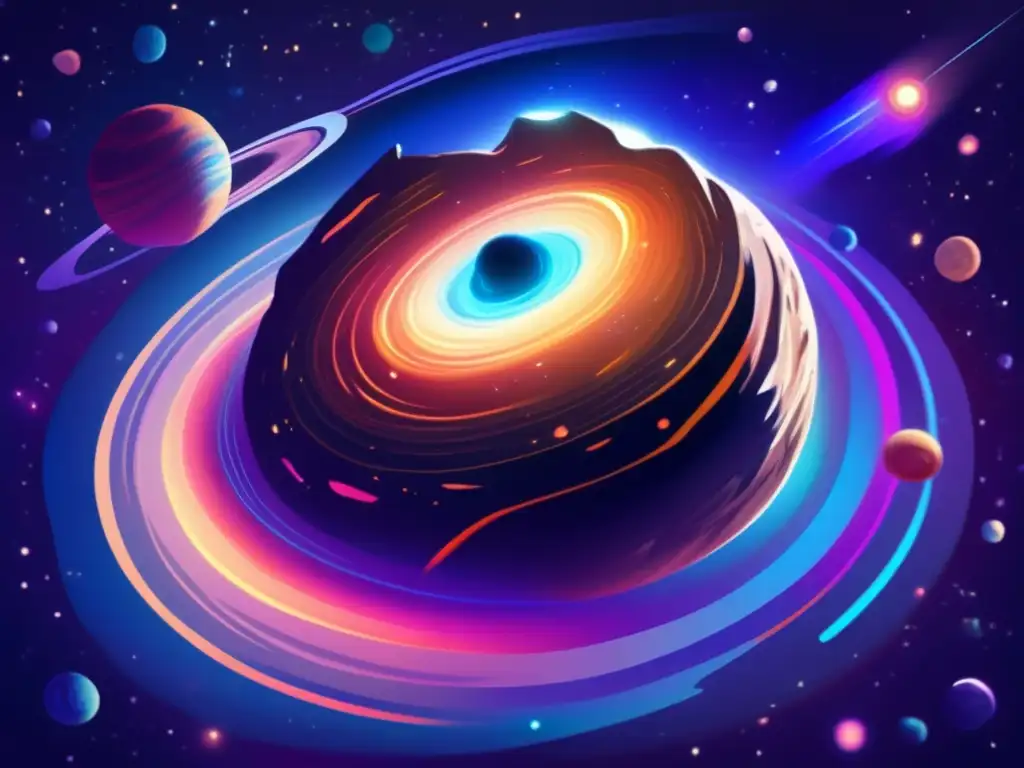 The Cosmic Rock: Asteroids In Arthurian Legends
The Cosmic Rock: Asteroids In Arthurian Legends The Fire Carrier: Asteroids In Hopi Mythology
The Fire Carrier: Asteroids In Hopi Mythology Fire From The Sky: Asteroid Myths In Viking Sagas
Fire From The Sky: Asteroid Myths In Viking SagasIf you want to discover more articles similar to Asteroids In Classical Tamil Literature: A Review, you can visit the Asteroid Mythology category.
Leave a Reply

Articulos relacionados: